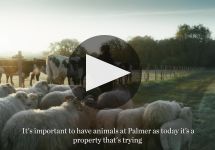Chateau Palmer 2017
-
James
Suckling -
Robert
Parker - Decanter
-
Wine
Spectator -
Wine
Enthusiast -
Jeb
Dunnuck



Product Details
Your Rating
Somm Note
Winemaker Notes
Today, the 2017 vintage at Château Palmer is precise, without excess. The wines exhibit the elegant balance of our most classicvintages. Their velvety tannins and aromatic depth are promises of splendid ageing potential.
Blend: 54% Merlot, 42% Cabernet Sauvignon, 4% Petit Verdot
Professional Ratings
-
James Suckling
Very perfumed and subtle with dried flowers and citrus, as well as blue fruit. Full-bodied with wonderfully diffused, integrated tannins that just run over the edges of the wine. It’s extremely polished and very, very long. Fresh and bright. Energetic finish. A thoughtful wine. A blend of 54% merlot, 42% cabernet sauvignon and 4% petit verdot. Drink after 2023.
-
Robert Parker's Wine Advocate
A blend of 54% Merlot, 42% Cabernet Sauvignon and 4% Petit Verdot, the deep garnet-purple colored, 2017 Palmer gives a very serious nose of pronounced blackcurrant cordial, warm plums and blackberry preserves with hints of cedar chest, pencil shavings, violets, dark chocolate and star anise plus exotic wafts of sandalwood and cassia. Medium-bodied, the palate features fantastically vibrant, crunchy black fruits with a firm texture of ripe, grainy tannins and tons of freshness, finishing very long and mineral laced. It will need a good 5-7 years to really blossom with all those tightly wound nuances, but it should be a stunner! Rating: 97+
-
Decanter
Beautifully powerful and precise with great depth and character to the fruit, despite the austerity that is more evident now than it was during En Primeur as the wine has begun bed down. These tannins are finely boned but they are plentiful, providing strength in numbers. Bottled end of August after 21 months of ageing. Clearly going to age well, this has concentration, intensity and seriousness where the Alter Ego is more gourmet. A precise and intellectual Palmer, a very fine example of the wine, with a sense of place and a purity to the fruit expression.
-
Wine Spectator
Dark and winey in feel, with ample blackberry, plum and black currant compote flavors leading the way, while licorice snap, singed apple wood, black tea and dark earth notes fill in throughout. The finish is focused, showing a nice buried iron accent. A powerful version of Margaux and a strong effort in the vintage. Merlot, Cabernet Sauvignon and Petit Verdot. Best from 2023 through 2038.
-
Wine Enthusiast
Fruit and supple tannins mingle in this balanced,classic wine. Black-currant flavors are lifted by the energetic acidity and the freshness of the crisp texture. This wine will develop easily, giving pleasure all the way. Drink from 2023.
-
Jeb Dunnuck
The grand vin 2017 Chateau Palmer checks in as 54% Merlot, 42% Cabernet Sauvignon, and 4% Petit Verdot brought up in 60% new French oak. This deep purple-colored beauty gives up more cassis fruits as well as hints of chocolate, graphite, smoked herbs, and crushed violets. Beautifully concentrated, rich, and full-bodied, it has a wonderful sense of elegance and purity, laser-like precision, building tannins, and a great finish. Give bottles a solid 7-8 years and it's going to evolve for 25-30 years or more. Rating: 95+
Other Vintages
2024- Vinous
-
James
Suckling -
Robert
Parker
- Vinous
-
James
Suckling - Decanter
-
Jeb
Dunnuck -
Robert
Parker
-
James
Suckling -
Jeb
Dunnuck -
Wine
Spectator - Decanter
-
Robert
Parker
-
Wine
Enthusiast - Decanter
-
Jeb
Dunnuck -
Robert
Parker -
James
Suckling -
Wine
Spectator
- Decanter
-
Wine
Enthusiast - Vinous
-
James
Suckling -
Robert
Parker -
Jeb
Dunnuck -
Wine
Spectator
-
James
Suckling - Vinous
- Decanter
-
Jeb
Dunnuck -
Robert
Parker -
Wine
Spectator
- Decanter
-
Jeb
Dunnuck -
Wine
Enthusiast -
Robert
Parker -
James
Suckling -
Wine
Spectator
-
Jeb
Dunnuck -
Wine
Enthusiast - Decanter
-
James
Suckling -
Robert
Parker -
Wine
Spectator
-
James
Suckling -
Jeb
Dunnuck -
Wine
Enthusiast -
Robert
Parker -
Wine
Spectator - Decanter
-
Wine
Enthusiast -
Jeb
Dunnuck -
James
Suckling - Decanter
-
Robert
Parker -
Wine
Spectator
-
James
Suckling -
Robert
Parker -
Wine
Enthusiast -
Jeb
Dunnuck -
Wilfred
Wong -
Wine
Spectator
-
Wine
Enthusiast -
James
Suckling -
Robert
Parker -
Wine
Spectator
- Decanter
-
James
Suckling -
Wine
Enthusiast -
Robert
Parker -
Wine
Spectator
-
Jeb
Dunnuck -
James
Suckling -
Robert
Parker -
Wine
Enthusiast - Decanter
-
Wine
Spectator
-
Wine
Enthusiast -
Robert
Parker -
James
Suckling -
Wine
Spectator
-
Wine
Enthusiast -
Wine
Spectator -
Jeb
Dunnuck -
Robert
Parker -
Wine &
Spirits -
Wilfred
Wong
-
Robert
Parker -
Wine
Enthusiast -
Wine &
Spirits -
Wine
Spectator -
James
Suckling - Vinous
-
Robert
Parker -
Wine
Enthusiast - Decanter
-
Wine
Spectator
-
James
Suckling -
Wine
Spectator
-
Robert
Parker
-
Wine
Spectator - Decanter
-
Robert
Parker
-
Robert
Parker
-
Robert
Parker -
Wine
Spectator -
James
Suckling
-
Robert
Parker -
Wine
Spectator
-
Wine
Spectator
-
Wine
Enthusiast
-
Wine
Spectator -
Robert
Parker
-
Robert
Parker -
Wine
Spectator
-
Robert
Parker -
Wine
Spectator
-
Wine
Spectator
-
Wine
Spectator
-
Wine
Spectator
-
Wine
Spectator
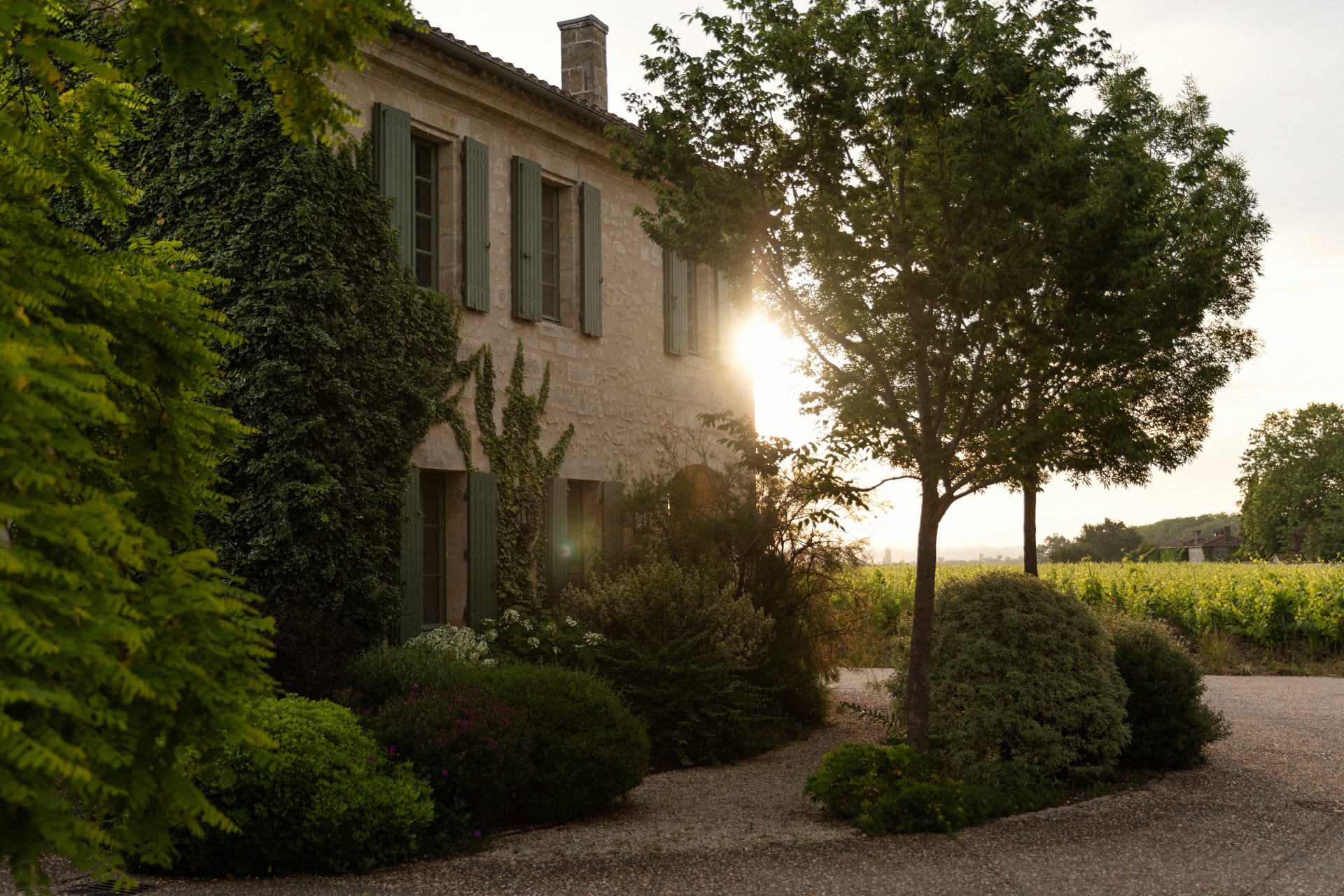

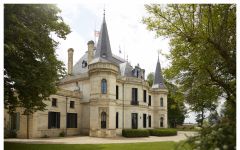


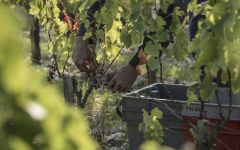

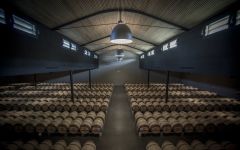
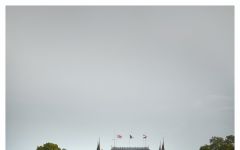
Château Palmer, A History of Passion and Perseverance
Among the mythic wines of the Margaux Appellation, Château Palmer has always stood apart, as instantly recognisable for its midnight blue label as for its inimitable bouquet, an uncommon blend of power and delicacy. It's a strength of character drawn from a fabled terroir, and from an ensemble of vibrant personalities who have forged the estate's identity through history.
Emerging in the 17th century, the estate only became Château Palmer in 1814, when it was acquired by Charles Palmer, a dashing British Major General who instilled his namesake with enough éclat and glamour to see it become renowned throughout London's aristocratic circles. In 1853, the Pereire brothers, among the preeminent financiers of Napoleon III's France, brought the rigour and vision needed for Château Palmer to be ranked among the most prestigious classified growths of the 1855 classification. In 1938, a consortium of four leading families in the Bordeaux wine trade acquired the estate, heralding an era of momentous vintages and deep-rooted stability – indeed, Palmer is still owned by the descendants of two of these families.
Today, the men and women leading Château Palmer into the 21st century are rhyming tradition with innovation in their passionate pursuit to capture the subtleties of one of the world's most legendary terroirs. Palmer's eminently complex wines, combining aromatic richness and extraordinary elegance with a beguiling velvet texture and remarkable ageing potential, are reflections of those spirited efforts and all that distinguishes this 66 ha estate. A veritable mosaic of soils, a unique vineyard planting of equal parts Merlot and Cabernet Sauvignon subtly enriched with Petit Verdot, and pioneering farming techniques that respect nature's exquisite equilibrium, together make these wines transcendent expressions of the Margaux appellation.
In 2004, the shareholders placed Thomas Duroux, a thirty-four-year-old agronomist and oenologist, at the head of Château Palmer. In 2007, Sabrina Pernet was named the château's technical director.
The estate has been certified organic and biodynamic agriculture (Demeter certification) since the 2018 vintage.

One of the world’s most classic and popular styles of red wine, Bordeaux-inspired blends have spread from their homeland in France to nearly every corner of the New World. Typically based on either Cabernet Sauvignon or Merlot and supported by Cabernet Franc, Malbec and Petit Verdot, the best of these are densely hued, fragrant, full of fruit and boast a structure that begs for cellar time. Somm Secret—Blends from Bordeaux are generally earthier compared to those from the New World, which tend to be fruit-dominant.

Silky, seductive and polished are the words that characterize the best wines from Margaux, the most inland appellation of the Médoc on the Left Bank of Bordeaux.
Margaux’s gravel soils are the thinnest of the Médoc, making them most penetrable by vine roots—some reaching down over 23 feet for water. The best sites are said to be on gentle outcrops, or croupes, where more gravel facilitates good drainage.
The Left Bank of Bordeaux subscribes to an arguably outdated method of classification but it is nonetheless important in regards to history of the area. In 1855 the finest chateaux were deemed on the basis of reputation and trading price—at that time. In 1855, Chateau Margaux achieved first growth status, yet it has been Chateau Palmer (officially third growth from the 1855 classification) that has consistently outperformed others throughout the 20th century.
Chateau Margaux in top vintages is capable of producing red Cabernet Sauvignon based wines described as pure, intense, spell-binding, refined and profound with flavors and aromas of black currant, violets, roses, orange peel, black tea and incense.
Other top producers worthy of noting include Chateau Rauzan-Ségla, Lascombes, Brane-Cantenac, and d’Issan, among others.
The best wines of Margaux combine a deep ruby color with a polished structure, concentration and an unrivaled elegance.
